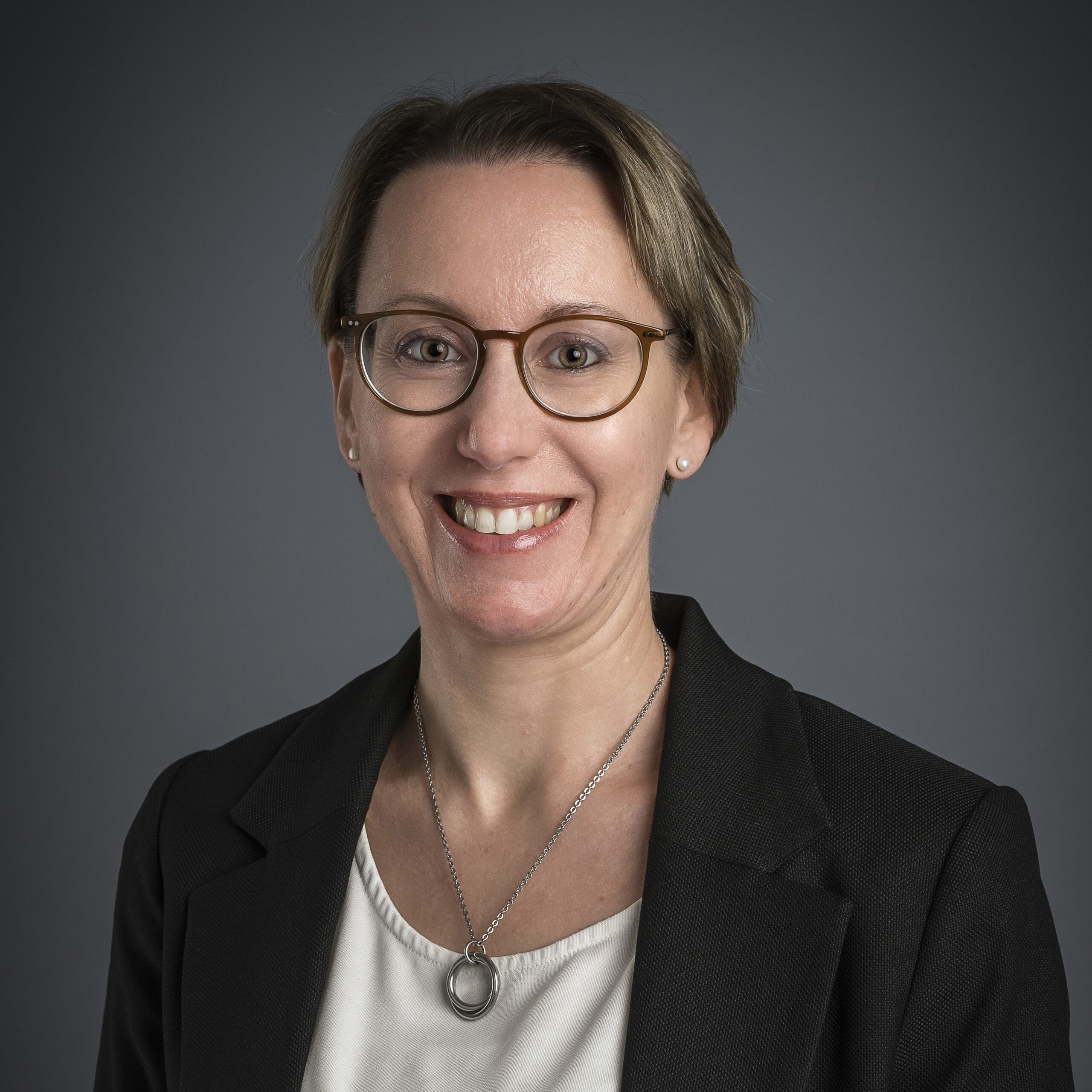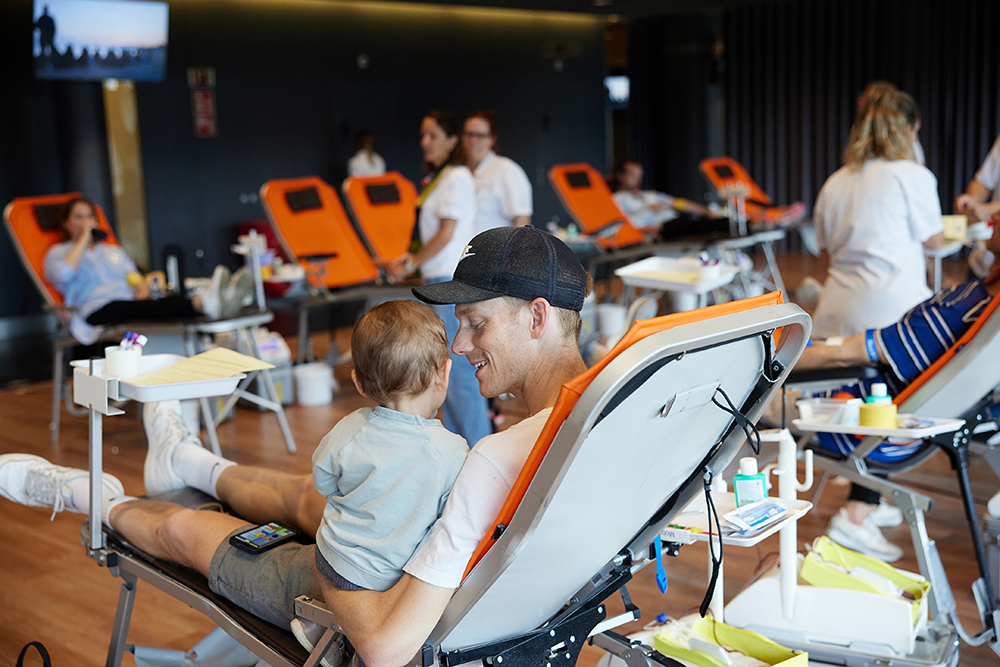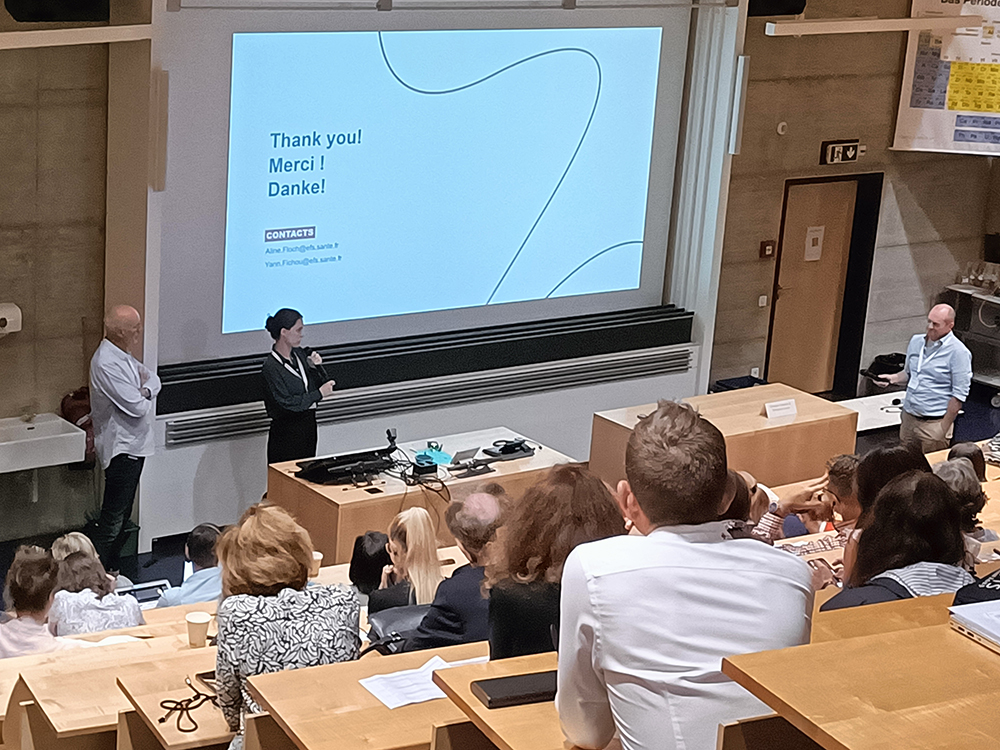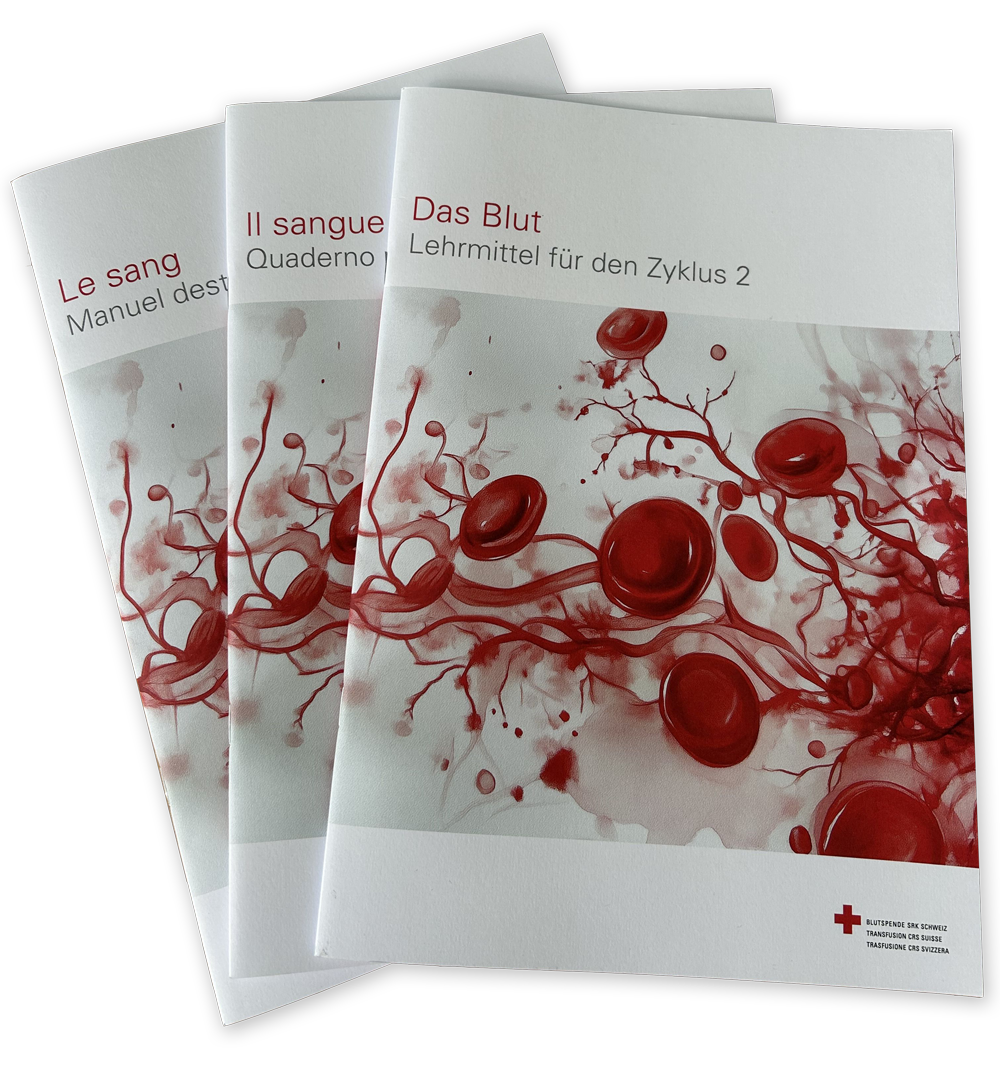Relatively stable blood supply
Despite fluctuations, the supply of blood products in Switzerland was largely stable throughout the year.
By and large, the blood product needs of the population in Switzerland could be met at all times in 2024. A sharp rise in the demand for thrombocyte and erythrocyte concentrates during the summer months in some individual regions led to critical situations and urgent appeals for blood donation in some cases. An unusually high number of blood disease patients and cancer patients were the reason for these partial shortages. Crises like these entail enormous efforts on the part of the regional transfusion services to bring blood reserves levels back up. That this is even possible is due to the understanding and flexibility of blood donors.
The holidays and weekends over Christmas and New Year posed a particular challenge for the supply of blood to Swiss hospitals: between 24 December 2024 and 3 January 2025, numerous regular appointments to donate did not take place due to the timing of the holidays, making it more difficult to ensure sufficient blood reserves. Around 700 units of blood are needed every day to secure the supply of enough blood products to meet the needs of patients in Switzerland’s hospitals. In late November, a campaign with the slogan “The best gift EVER – Give life, donate blood” appealed to people to book an appointment to donate. The campaign fulfilled its purpose: there were no shortages during this period.
The amount of time and effort required to obtain sufficient units of donated blood at the right time continues to increase without respite. This trend is manifest in the increasing number of mobile blood drives and the concomitant decrease in the number of blood donors per drive, for instance.









